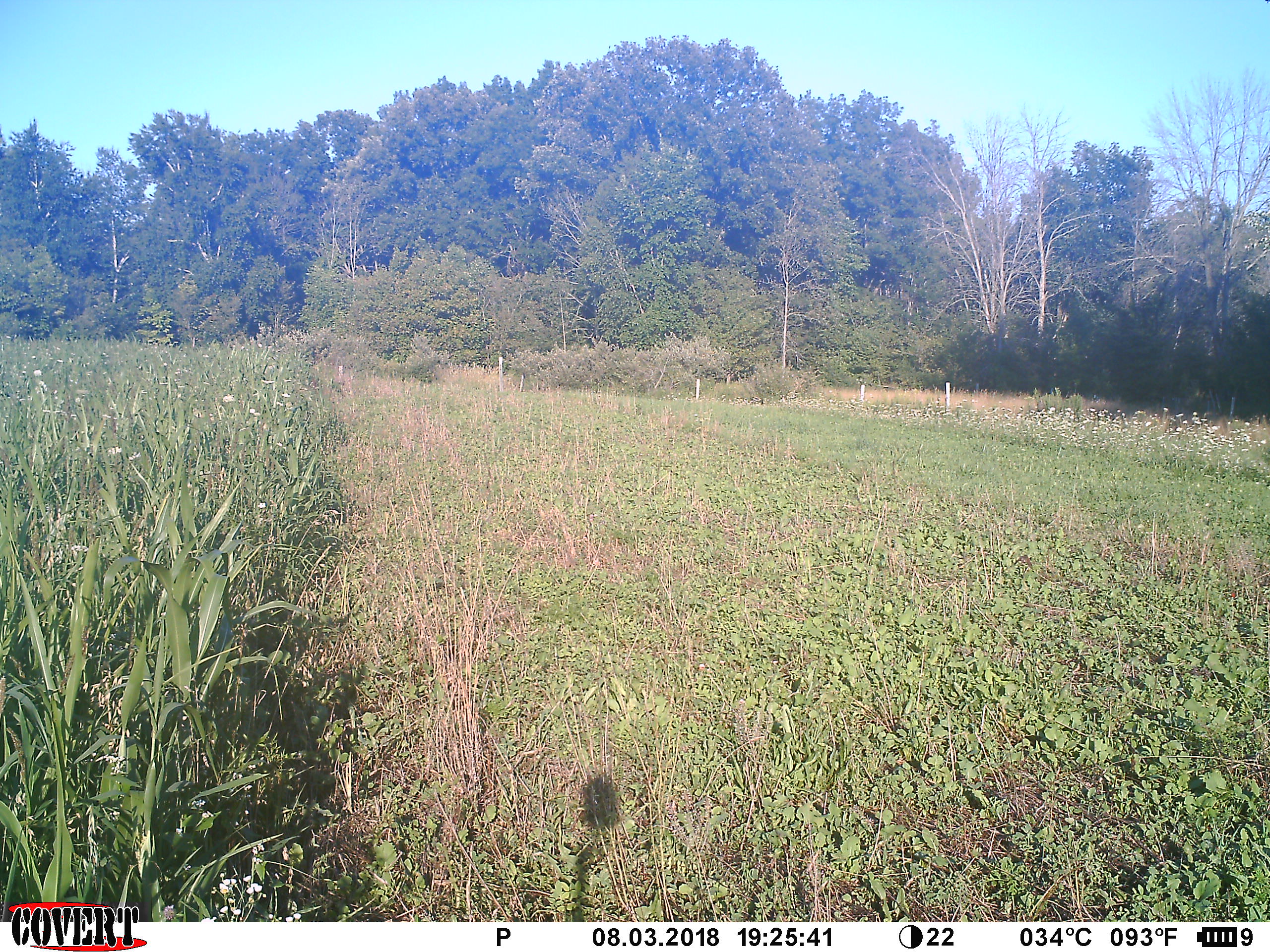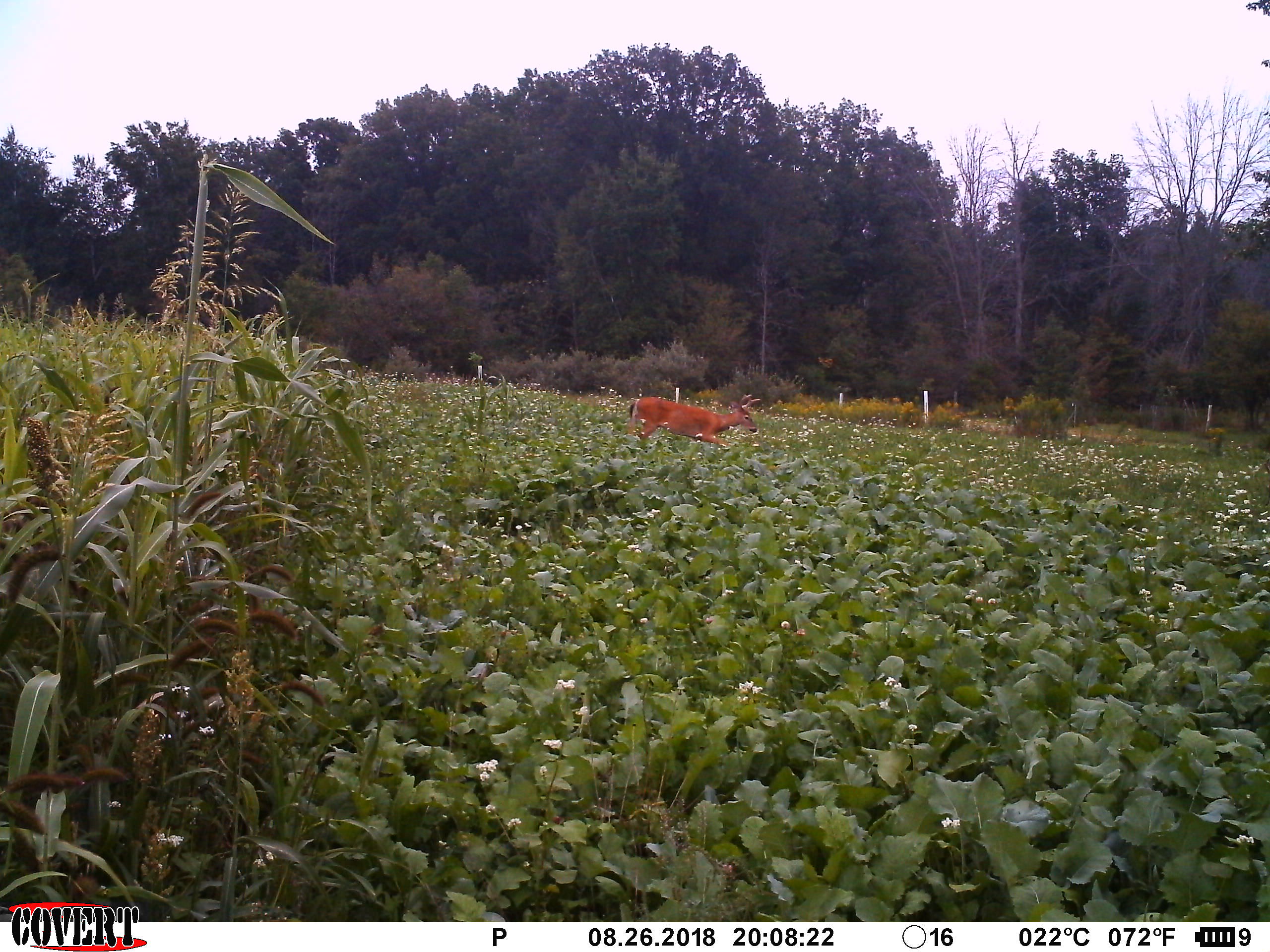eclipseman
5 year old buck +
I wanted to give my very short experience with throw n mow (roll) technique that did not go very well for me. I will start by saying this was the first time I tried it and it very well could have been something I did wrong. Anyways, here we go. I have a 2 acre food plot which I split in half for oats and brassica last year. I rotated the sides this year and instead of oats I went with clover and on the original oats side I was going to do brassica. Ealier this spring I read about throw and mow and decided I would do an experiment so I divided the dead oat field in half. One quarter acre I would do regular chemical spray, fertilize, till and then broadcast my brassica like last year and the other side I would grow buckwheat and tnm with brassica. Now keep in mind the regular tilling part would not happen until august because that is when I would normally plant brassica so on that side I just let weeds grow and then started the chemical treatment mid August. For the TnM side, I started end of May by spraying what little weeds there were, remember this was a dead oat field from the previous fall and at this point weeds really have not started growing so it was mostly bare dirt. I did a soil test, added in a little lime and fertilizer which the test called for, and lightly disked buckwheat in. The buckwheat grew spectacularly and made a nice canopy with little to no weeds underneath. At the end of August, I went out and did another soil test. ph was fine 6.9, and the test called for just a touch of fertilizer (mainly nitrogen). I spread the fertilizer and brassica seed into the standing buckwheat and rolled part of it and mowed part the day before a rain. I also did the other part of the field that same weekend which I was doing the non-TnM method so both plots were started at the same time. Now we are 4 weeks in and the non-TnM side looks fantastic but the TnM side is pretty bad. I got a small amount of volunteer buckwheat back which I figured would happen but the bad part is only about 1/3 of the brassica came up with a bunch of grass and other weeds. For me, this is not ideal. So...thoughts? I am welcoming any and all comments.
Last edited:

